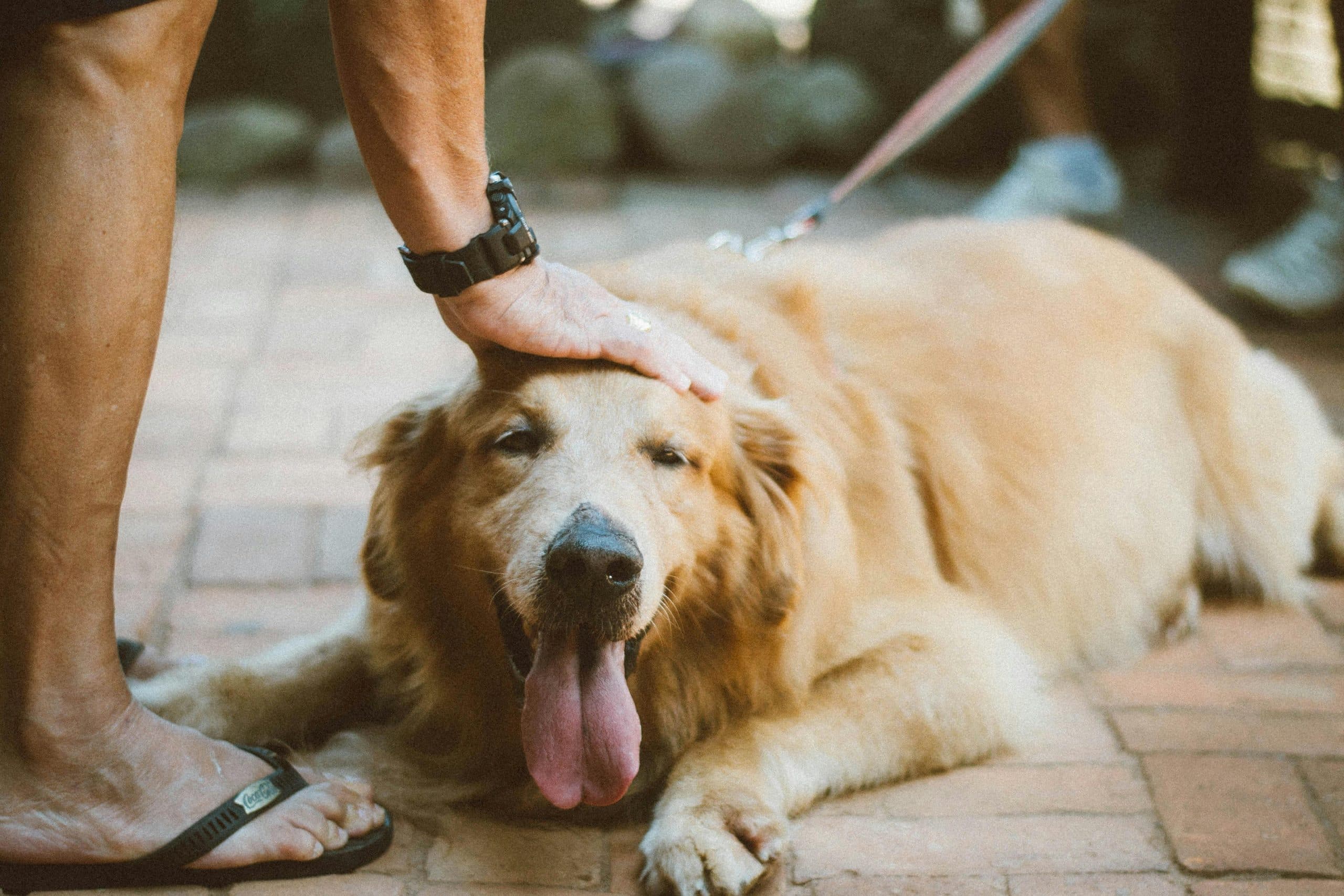We all know that thunderstorms can be terrifying for our furry friends. The loud noise, the bright flashes of lightning, and the unfamiliarity of the situation can induce stress and anxiety in our dogs. It’s a common issue faced by pet owners and a significant concern for the dog-loving community. Today, we will delve into understanding this behavior and how to ensure our dogs remain calm and safe during storms.
Understanding Your Dog’s Fear of Thunderstorms
Before we learn how to help our dogs cope with thunderstorms, it’s essential to understand why they’re anxious in the first place. Just like humans, dogs have their unique set of fears and anxieties, but certain aspects of storms are universally scary to dogs.
Dans le meme genre : Common misconceptions about hamster care
Noise Phobia
The noise generated during a thunderstorm is one aspect that scares dogs. This fear is known as noise phobia. Dogs have a heightened hearing ability. They can hear sounds four times farther away than humans can, and they can also hear higher-pitched sounds. Thus, the thunderclap sound, which is already loud to us, is even louder and scarier to them.
Static Electricity
Another fact that the AKC (American Kennel Club) points out is that dogs can feel the static buildup in their fur during storms. This static charge can cause discomfort and increase their fear of thunderstorms.
Cela peut vous intéresser : Why do dogs eat grass and should you be concerned?
Recognizing Anxiety and Fear in Dogs During Storms
Identifying anxiety in dogs during storms is paramount for their wellbeing. By recognizing these signs, you can take immediate action to help relieve their distress.
Behavioral Changes
There are several behavioral changes you might notice in your pet during a storm. They may become overly clingy, constantly seeking your presence, or they might do the exact opposite, and hide in a corner. Pacing, shaking, whining, or barking more than usual are also signs of anxiety. Some dogs can even show physical symptoms like diarrhea or excessive panting.
How to Help Your Dog Stay Calm During Storms
Now that we understand why dogs fear thunderstorms and how to recognize if your dog is anxious, let’s discuss how to soothe them during these stressful times.
Creating a Safe Space
One of the most effective ways to help your dog stay calm during a thunderstorm is by creating a safe space for them. This space can be a quiet room, a corner of your living room, or a dog crate. The idea is to provide a place where they feel secure and comfortable. It should be away from windows to minimize the noise and flashes from the storm.
Use Calming Products
There are several products available on the market that can help soothe your dog during a storm. Anxiety wraps or thunder shirts apply gentle, constant pressure that can lessen your pet’s fear. Other calming products include diffusers, sprays, and collars that release dog-appeasing pheromones, and even certain calming dog treats and chews.
More Ways to Comfort Your Dog During Thunderstorms
In addition to creating a safe space and using calming products, there are further steps you can take to ensure your dog remains serene during a storm.
Positive Reinforcement
Positive reinforcement can be a powerful tool to help your dog overcome their fear of storms. Try to associate the storm with things that your dog loves. For example, you can give your dog their favorite treat or play their favorite game during a storm. This could help them associate thunderstorms with positive experiences rather than fear.
Consult with a Veterinarian or a Dog Behaviorist
If your dog’s anxiety is severe and nothing else seems to help, it may be time to consult with a professional. A veterinarian can prescribe anti-anxiety medications to help your dog cope with the fear. A certified dog behaviorist can also provide guidance and create a step-by-step plan tailored for your dog’s specific needs.
Training Your Dog To Cope With Thunderstorms
Training can be a great way to help your dog manage their fear of storms. This is a proactive approach that can help reduce your dog’s anxiety over time. It’s important to remember that this is a gradual process and requires consistency and patience.
Start by identifying a sound that your dog isn’t afraid of. Gradually, over several sessions, replace this sound with the noise of a storm. Increase the volume slowly each time, always ensuring that your dog is remaining calm. Make sure to reward your dog for staying calm, either with treats or positive affirmations. This type of conditioning can help your dog understand that the sound of thunder isn’t something to be afraid of.
Another effective training method is desensitization. This involves exposing your dog to the stimulus (in this case, the sound of thunder) at a very low level, and gradually increasing the intensity over time. This should be done very gradually and always under the threshold at which your dog reacts with fear. This can help them build tolerance to the sounds associated with storms.
Impact of Your Own Behavior on Your Dog During Storms
Dogs are very receptive to the emotions and attitudes of their owners. If you are stressed or anxious about the storm, your dog will pick up on that and it will likely increase their own anxiety. On the other hand, if you remain calm and act as if everything is normal, your dog may be less anxious.
Try not to coddle your dog too much during a storm. While it’s natural to want to comfort them, excessive coddling can actually reinforce their fear. Instead, act normally, and reward your dog for calm behavior. This helps to communicate to your dog that storms are a normal part of life and they don’t need to be afraid.
Conclusion
Helping your dog cope with their fear of thunderstorms can be a challenging task. It can be heartbreaking to watch your furry friend in distress. However, by understanding their fear, creating a safe space, using calming products, implementing positive reinforcement, seeking professional help when needed, and learning how to manage your own behavior during storms, you can help your dog navigate through this fear.
Remember, each dog is unique and what works for one might not work for another. Therefore, it’s essential to observe your dog’s behavior, understand their fears, and try different strategies to see what works best for them. Stay patient and keep in mind that helping your dog overcome their storm phobia is a process that takes time. With your love and support, your dog will eventually feel more comfortable during thunderstorms.






